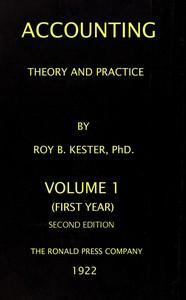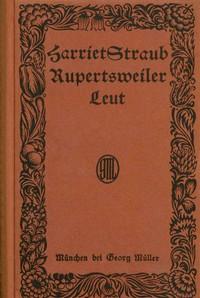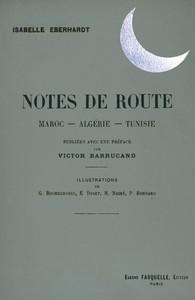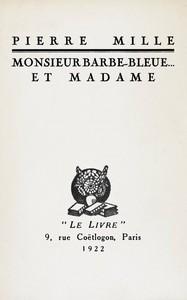|
|
Read this ebook for free! No credit card needed, absolutely nothing to pay.Words: 280703 in 58 pages
This is an ebook sharing website. You can read the uploaded ebooks for free here. No credit cards needed, nothing to pay. If you want to own a digital copy of the ebook, or want to read offline with your favorite ebook-reader, then you can choose to buy and download the ebook.

: Accounting theory and practice Volume 1 (of 3) by Kester Roy B Roy Bernard - Accounting@FreeBooksThu 08 Jun, 2023 0,000.00 In the net worth section of this balance sheet, the capital with which the owner started operations for the year is given first. To this is appended a summary of the operations for the year resulting in a net increase in proprietorship which, added to the beginning capital, gives the capital in the business at the end of the year. This method of setting up the information concerning the operations of the business is not used to any extent because the information is of such vital importance that it deserves more display. Accordingly, a separate statement, known as the "Statement of Profit and Loss," or "Statement of Business Operations," is drawn up to explain the balance sheet net worth item, Net Increase in Proprietorship for the year, which shows just the amount of the net profit. The detail of this item is given in this complementary statement. The above illustration is given merely for the purpose of pointing out the relationship between the statement of operations and the balance sheet. From this it will be seen that the statement of profit and loss is really a part of the net worth section of the balance sheet. TEMPORARY PROPRIETORSHIP RECORDS.--The proprietorship records, indicating as they do the sources of changes in net worth, are kept day by day as transactions take place, are summarized at the close of the period, and the net result is determined. They are called temporary because, as is seen, they do not at the time of record have regard for the final change in proprietorship. At the end of the regular periods, to determine the total or final change, the temporary proprietorship records are closed or transferred to the summarized record called the "Profit and Loss Summary." During the year from July 1, 1921 to June 30, 1922, Conners bought ,362.50 worth of goods; his sales amounted to ,465.20; he paid for help ,050.50; his other expenses were ,405.45; and he estimated the wear and tear on furniture at 10%, or .50. As shown in his statement for 1922, he had ,260 worth of merchandise on hand on June 30, 1922. The analysis of this information explains the changes in his net worth during the year. The goods he started with plus those purchased during the year are the total goods to be accounted for, which amounted to ,862.50 . These goods were accounted for by his sales during the year and the amount on hand. Knowing how much was on hand June 30, 1922, viz., ,260, he determined that the goods sold must have been the difference or ,602.50 . The price which he received for these goods sold was ,465.20; hence, his profits from sales were ,862.70, the difference between selling price and cost. We find, also, that the expenses he incurred in selling his goods and conducting his business generally were ,050.50 for clerk hire, office help, delivery boys, etc.; and other expenses, such as rent, taxes, repairs, delivery upkeep, supplies, heat, light, and the like, amounted to ,405.45. He estimated that his store fixtures depreciated in value .50. All these items, representing costs of doing business, amounted to ,508.45 , which subtracted from his profits from sales, ,862.70, gives him a net gain of ,354.25 . This gain tallies with the increased proprietorship of that amount shown by the balance sheet of June 30, 1922. Without regard to a form which would be technically correct, the data of the preceding paragraphs may be shown as follows: The technical form of the summary of the temporary proprietorship elements will be presented in the next chapter. THE PROFIT AND LOSS SUMMARY While sales are the major source of income in a trading concern, there may be supplementary sources. It may own stocks and bonds from which income may be derived. In a manufacturing or mining enterprise the company may own dwelling houses and rent them to its employees. Conditions of travel and communication may also force it to provide stores, places of amusement, and so forth for its workers. From all these supplementary activities it will derive income. As it was not organized primarily for these purposes, but chiefly to manufacture, or mine a commodity, the income from these collateral activities is classed as non-operating income. The distinction, then, between operating and non-operating income is, as mentioned above, always a relative one and will be determined in any given instance on the basis of major activities and supplementary or minor activities. Some of the titles under which income is recorded will now be explained: SALES. Under this title is recorded the amount of sales of the stock-in-trade in a merchandising or manufacturing concern. The two elements included here, namely, the decrease of the asset merchandise and the increase of proprietorship--the true income element--will be discussed later. Free books android app tbrJar TBR JAR Read Free books online gutenberg More posts by @FreeBooks
: Rupertsweiler Leut by Straub Harriet - Country life Fiction; Women Fiction; Black Forest (Germany) Fiction@FreeBooksThu 08 Jun, 2023

: Notes de route by Eberhardt Isabelle Barrucand Victor Editor Dinet Etienne Illustrator Noir Maxime Illustrator Rochegrosse Georges Illustrator - Africa North Description and travel; Morocco Description and travel; Tunisia Description and travel; Algeria De@FreeBooksThu 08 Jun, 2023
|
Terms of Use Stock Market News! © gutenberg.org.in2025 All Rights reserved.






